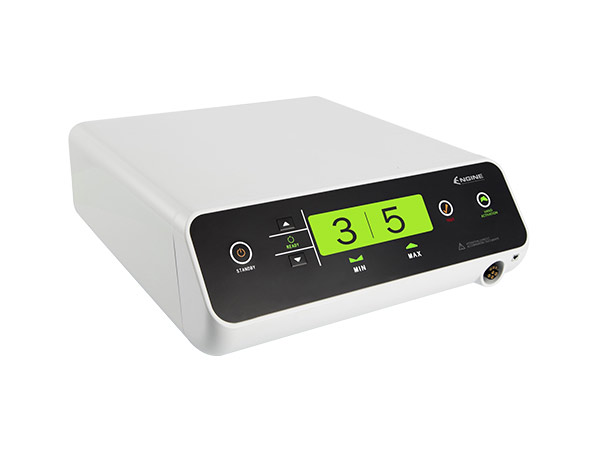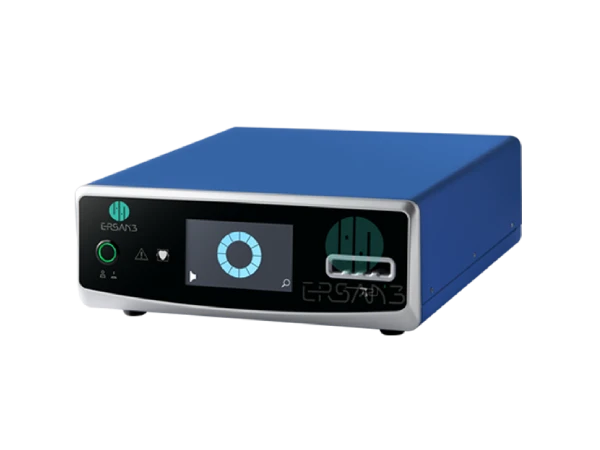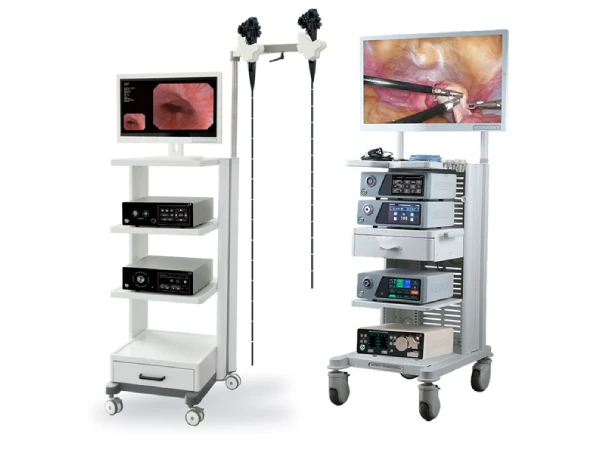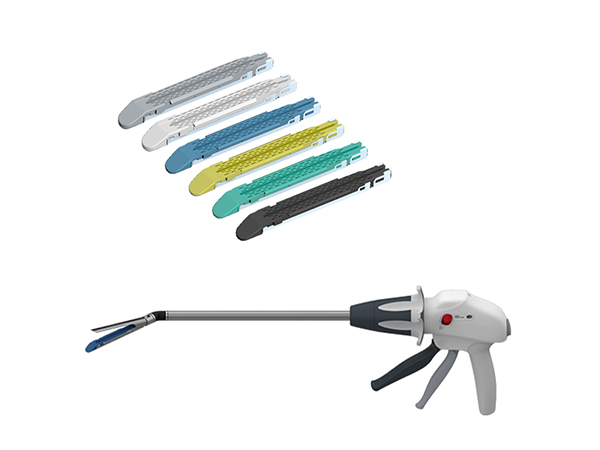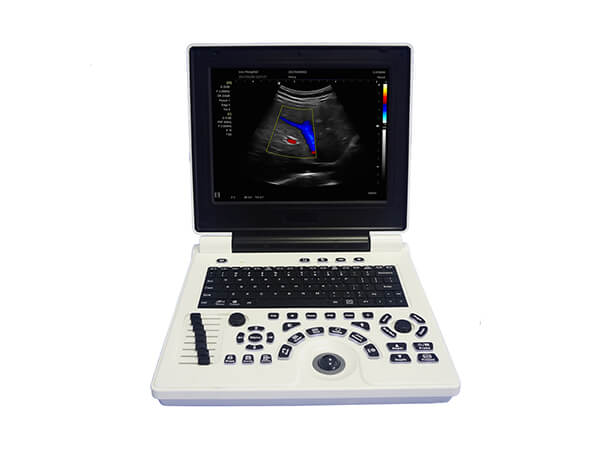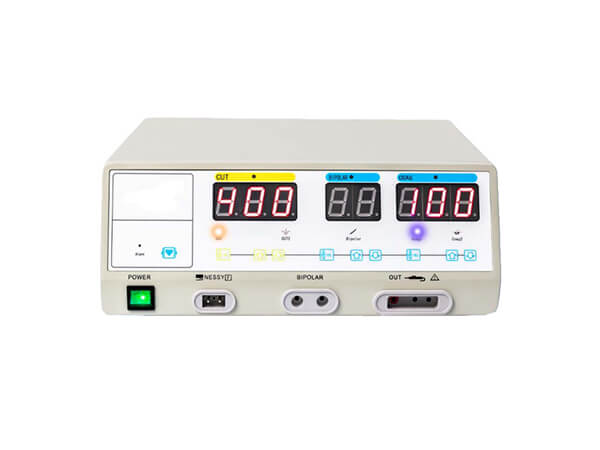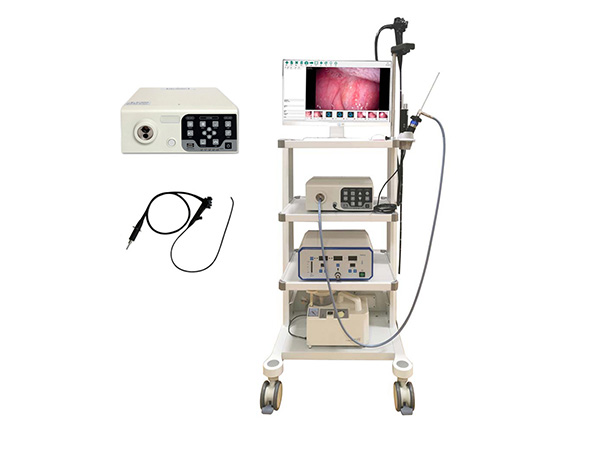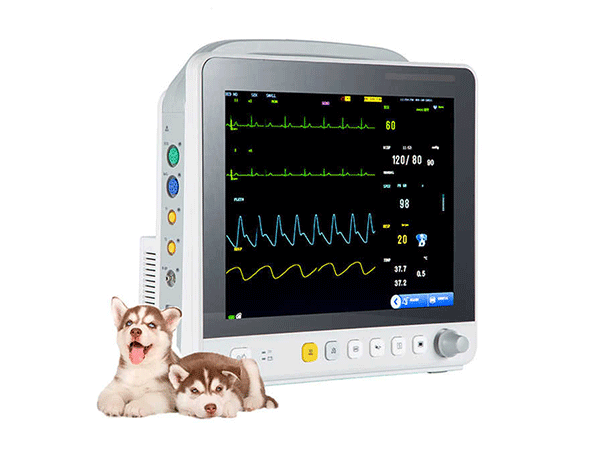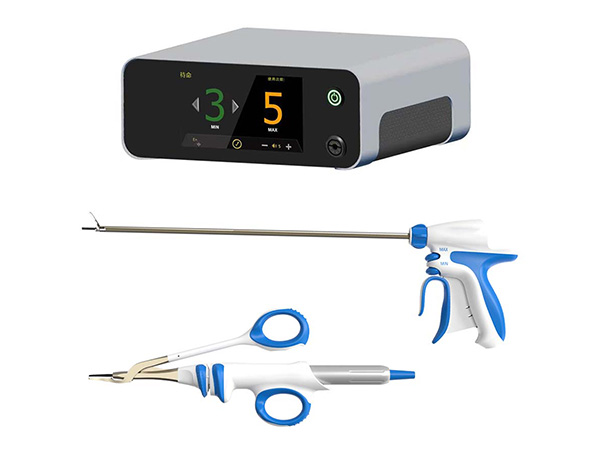Electrosurgical Unit: A Comprehensive Overview
The Electrosurgical Unit (ESU), or electric knife, is a cornerstone in modern surgery. It uses high - frequency electric currents to cut and coagulate tissues, offering numerous advantages and versatile applications. This article will explore its components, working principles, types, applications, benefits, and safety considerations.
Components of the ESU
The ESU consists of several key components:
ESU Host: The core unit that generates and regulates high - frequency electric currents.
Electrosurgical Pen: The handheld device used to deliver current to the surgical site. It comes in various types, such as monopolar and bipolar pens, each suitable for different procedures.
Foot Pedal Controller: Allows surgeons to easily switch between different modes (cutting, coagulation, etc.) during surgery.
Return Electrode: Typically a grounding pad placed on the patient's body to complete the electrical circuit.

Types of ESUs and Their Differences
Based on operating temperature and function, ESUs can be categorized into different types, each with distinct characteristics and applications:
Radiofrequency electrosurgical (40°C - 70°C):
Working Principle: Operates at relatively low temperatures of 40°C - 70°C.
Applications: Primarily used for tissue cutting, coagulation, and ablation. It is suitable for delicate surgeries such as those in plastic surgery, neurosurgery, gynecology, otorhinolaryngology, and oral and maxillofacial surgery. It is also used in orthopedic open surgeries for dual - pole fusion.
High - Frequency electrosurgical (135°C):
Working Principle: Functions at a higher temperature of up to 135°C.
Applications: Commonly used for tissue cutting and coagulation. It is widely applied in open surgeries such as plastic surgery, neurosurgery, gynecology, otorhinolaryngology, oral and maxillofacial surgery, colorectal surgery, orthopedic open surgeries, and more. It is also used in laparoscopic surgeries like laparoscopic and gastrointestinal endoscopic procedures.
Bipolar electrosurgical (40°C - 70°C):
Working Principle: Operates within the low - temperature range of 40°C - 70°C.
Applications: Primarily used for bipolar cutting under normal saline. It is suitable for laparoscopic surgeries in urology and gynecology. However, in laparoscopic surgeries like urology, single - pole cutting under glucose solution is also possible. This requires higher surgical skills from clinical doctors, and prolonged surgery may pose a risk of water intoxication.

Applications of ESUs Across Surgical Fields
ESUs find extensive applications across various surgical disciplines:
General Surgery: Used for procedures like tumor resection, wound debridement, and hemostasis. Its precise cutting and effective coagulation capabilities make it invaluable for surgeries involving complex tissue manipulation.
Hepatobiliary Surgery: Precision is crucial in this field. The ESU aids in dissecting and coagulating liver and bile duct tissues, reducing blood loss and improving surgical outcomes.
ENT Procedures: Utilized in surgeries such as tonsillectomies and adenoidectomies. Its precision allows for clean cuts in delicate areas, reducing postoperative discomfort and promoting faster recovery.
Gynecological Surgeries: Used for procedures like hysterectomies and myomectomies. It provides effective tissue cutting and coagulation, making it a reliable tool for gynecologists.
ESU Modes and Advanced Capabilities
ESUs typically operate in two primary modes:
Monopolar Mode: In this mode, the electrical current flows from the active electrode (the electrosurgical pen) through the patient's body to a return electrode (usually a grounding pad). It is commonly used for cutting and coagulation operations.
Bipolar Mode: Here, the current flows between two closely spaced electrodes at the tip of the instrument. This mode is particularly useful for precise coagulation and vessel sealing, as it confines the electrical current to a small area, reducing the risk of surrounding tissue damage
Some advanced ESU models can also be connected to LigaSure devices. LigaSure technology uses controlled energy delivery to seal blood vessels and tissue bundles, providing an additional layer of versatility in surgical procedures.

Key Features and Benefits of ESUs
Stable Energy Output: A reliable ESU ensures stable energy delivery, which is crucial for consistent and predictable surgical results. This stability minimizes the risk of unexpected tissue damage and enhances surgical safety.
Multiple Functions: Modern ESUs are multifunctional devices capable of performing a wide range of operations. They can execute precise cutting, strong coagulation, spray coagulation, and vessel sealing. This versatility makes the ESU a commonly used device in surgical operations, applicable across various surgical specialties.
Reduced Tissue Damage: Compared to traditional surgical methods, the ESU operates at relatively lower temperatures, reducing thermal injury to surrounding tissues. This results in less postoperative pain, faster healing, and improved patient outcomes.
Common Combinations and Applications
The ESU can be combined with different surgical instruments to meet the needs of various procedures. For example:
When combined with a monopolar electrosurgical pen, it is suitable for open surgeries where wide tissue cutting and coagulation are required.
When paired with a bipolar electrosurgical pen, it is ideal for delicate surgeries where precise tissue manipulation is necessary.
When connected to LigaSure devices, it provides advanced vessel sealing capabilities, enhancing its versatility in complex surgical procedures.
Important Safety Reminders
When using the ESU, it is imperative to strictly adhere to the usage guidelines and protocols. Proper training and adherence to safety measures ensure optimal performance and patient safety. Before use, carefully read the device's instructions and ensure you understand its operating principles and precautions. During surgery, select the appropriate mode and parameters based on the procedure and tissue characteristics. Always closely monitor the patient's condition and promptly address any abnormalities.

The Electrosurgical Unit is more than just a tool; it is a sophisticated surgical instrument that combines precision, versatility, and safety. As surgical techniques continue to advance, the ESU remains an essential asset in the operating room, enabling surgeons to perform complex procedures with greater confidence and efficiency. Whether in general surgery, hepatobiliary surgery, ENT procedures, or gynecology, the ESU stands as a testament to the evolution of surgical technology. If you are interested in learning more about ESUs or other medical devices, please visit our website. We are committed to providing high - quality medical devices and solutions to help healthcare professionals deliver better patient care.

